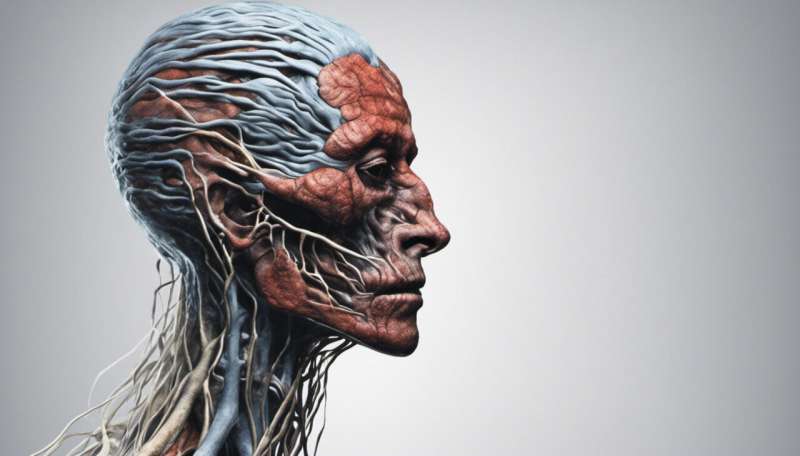How do diseases jump from one species to another?

From COVID to monkeypox, zoonotic viruses are a constant threat. But how do diseases jump between animals, and into humans? We asked our expert Mar铆a Jos茅 Ruiz-L贸pez.
Some of the most deadly diseases we face, including HIV, SARS, Ebola, Zika and SARS-CoV-2, are all caused by viruses known to jump from one species to another. Referred to as zoonotic diseases, they seem to appear fairly often, as the growing list of outbreaks suggests. But how do diseases even jump from one species to another? And why doesn't it happen all the time?
"First of all, there has to be proximity," explains Ruiz-L贸pez, a molecular ecologist at the Do帽ana Biological Station in Spain. "Then the levels of the virus need to be high enough to be transmitted to the other animal, or to the person," she adds.
If these steps are met, the virus needs the right tools in order to hijack the host cells and replicate. The viral particles must be able to bind to receptors in the next host, Ruiz-L贸pez says, "like a key to a door."
To complete the leap, the human host has to produce enough viral particles to transmit the disease to another human. "It needs to be efficient and highly transmissible to be able to cause a massive outbreak like COVID," remarks Ruiz-L贸pez.
But the new disease must not be too lethal in humans, or it will kill off the host before they can produce enough virus to pass on the disease. The need for all these factors to come together is the reason pandemics don't happen more often.
Globalization and the spread of new diseases
"Jumps of viruses from one species to another are not that rare," says Ruiz-L贸pez. "But they need to fulfill certain conditions that let them replicate and live and transmit in the new host species. And that is the difficult part," she explains.
Human factors are adding to the risk of future zoonotic outbreaks, however. Global supply chains, habitat fragmentation and forest degradation, land use changes and climate change all increase the risks of zoonoses spilling over into human populations.
In the TransWNV project, which was supported by the Marie Sk艂odowska-Curie Actions program, Ruiz-L贸pez researched West Nile virus, which has spread through much of Europe over the past few years. This pathogen is naturally present in birds, yet can spread to other animals like horses, often through the bites of mosquitoes. She found that both quail and European turtle doves were asymptomatic carriers of the disease, while sparrows were more likely to die from it.
This research helps with surveillance of future outbreaks. "If you know the ecology of the virus that is being transmitted, you can actually act to prevent the next pandemic," she remarks. In TransWNV, the goal was to understand the environmental factors that drive transmission of West Nile virus, in order to predict where it might spread next.
Ruiz-L贸pez adds that there is one other very human-specific factor that helps the spread of zoonoses, which may be difficult to stop: how much we like to travel. "We move a lot," says Ruiz-L贸pez. "We really move a lot."
Provided by CORDIS
















